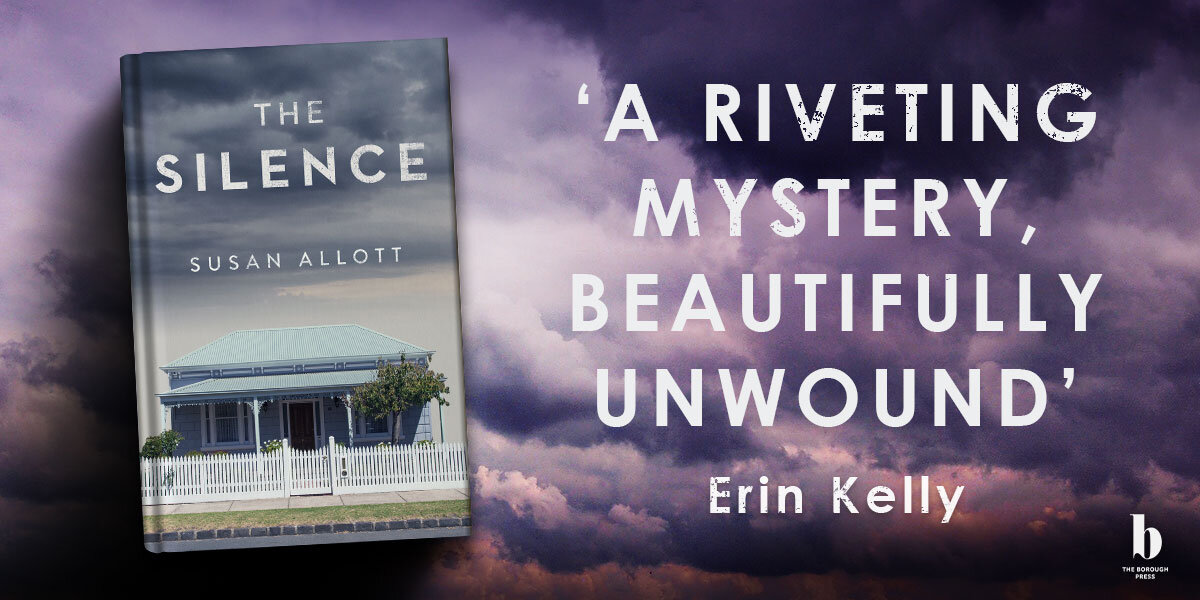Inspiration for The Silence
The Silence began as a story about my experience of living and working in Sydney in the late nineties. More specifically, my experience of failing to love Australia, while my ex-pat friends were excited and amazed, desperate to stay, to see more. It wasn’t Australia, it was me. I knew this as I followed the hordes to the Gold Coast, Byron Bay, Cairns. I swam with dolphins and went paragliding. I travelled in a camper van along the Great Ocean Road. And I tried to ignore the constant, nagging need to go home.
I started writing when I got back to London. The book I tried to write was about a young British woman called Louisa who, like me, left Australia to return to the UK, driven by a longing for which the word ‘homesick’ seemed inadequate. Like me, she got back to England and wondered what was wrong with her. The need for home evaporated on the tarmac at Heathrow and quickly became absurd, embarrassing. What had she done? Why had she run away from all that light and space and natural beauty?
That experience was the seed from which my story grew, but it didn’t come to life until I started exploring the world Louisa had left behind in Sydney: her husband Joe and their neighbours, Steve and Mandy. I wrote against my own experience, describing Australia through the eyes of people who loved it, who called it home. I wrote about Sydney’s colours, its suburban streets, its distinct light, and I rediscovered them from a retrospective place. They became rich and vibrant. Early readers told me to ditch Louisa’s chapters set in the UK. Your story’s in Australia, they told me. I wasn’t sure I believed them. How could I write a novel set in Australia? I’d failed at Australia. I didn’t have what it took.
Enter stage left, the man I wanted to marry. He was kind, funny and (would you believe it) Australian. He encouraged me to keep writing. We went to our local cinema to see Lantana and Rabbit Proof Fence. I read Tim Winton, Kate Grenville, Christos Tsiolkas, Helen Garner. I discovered a non-fiction book called Australia, The History of a Nation by Phillip Knightley, which describes a policeman who comes home from work and cries on his verandah, because his job requires him to remove Aboriginal children from their families. I couldn’t stop thinking about him.
The book was shelved for several years while we raised our children. We visited Australia a few times and I drank it all in. I listened. I took photos of weatherboard houses and gum trees and telegraph poles. Cockatoos in suburban gardens. I stored it all away until the kids had started school. By the time I sat down again to write, I had over a decade of material percolating in my head. I still wasn’t sure I could do it, or if I had the right even to try. But it fell onto the page, regardless.
The Silence is partly about migration; about making a new home on your own terms, and how liberating that can be. It’s also about the other extreme, the pain and damage of removing children forcibly from their homes. Indirectly, it’s about the arrogance and brutality of my British ancestors in claiming Australia as a colony, and the trauma of this that is carried through the generations. Somewhere along the way, in the process of writing and researching, I made my peace with a continent that challenged and overwhelmed me, but didn’t let me go.

